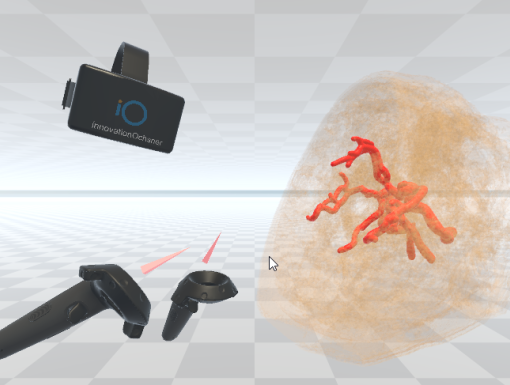
6 Important Facts About Telehealth You Need to Know
Feeling unwell but struggling to make it to a doctor’s office? Look no further - telehealth and virtual visits have made accessing medical care easier than ever. At Ochsner Health, we offer two options to meet your healthcare needs. For urgent care needs, you can use Ochsner Connected Anywhere. For video visits with your provider, you can use MyOchsner Virtual Visits. While virtual visits are experiencing a surge in popularity, there are individuals who may still feel hesitant about embracing this technology.
What is telehealth?
Telehealth is the use of digital technology, such as video conferencing or apps like FaceTime, to deliver healthcare services remotely. It allows patients to connect with healthcare providers without needing to visit a clinic in person.
Now, let's explore the top six facts about telehealth:
1. How long has telehealth been in use?
Telehealth might seem like a modern concept, but the idea was first proposed in the 1920s and has been successfully used by the 1960s! It was initially used for checking pacemakers and remotely reading MRIs by phone. Over the years, doctors have utilized telemedicine to monitor pacemakers, analyze MRIs remotely, and even provide ICU care from a distance.
From the Ochsner Telestroke Program launched in 2009 to innovations like teleICU in 2012 and telepsychiatry in 2016, our telehealth services are designed to meet different healthcare needs. InnovationOchsner (iO) also offers digital medicine programs for monitoring hypertension (high blood pressure), heart failure and pregnancy care. There are more uses for telemedicine than ever before!
2. What are the benefits of telehealth?
Telehealth offers multiple benefits, including:
-
- Increased accessibility to medical care, especially for those in remote areas.
- Convenience for busy schedules and reduced travel time.
- Better management of chronic conditions through regular check-ins.
- Expanded options for getting care from virtually anywhere.
For instance, Ochsner Connected Anywhere offers virtual visits 24/7, accessible through most devices. Whether you need a prescription refill, medical advice while traveling or quick assistance for common illnesses, our platform offers care without compromise. Healthcare is now available on your schedule, anytime, anywhere. Who can use Ochsner Connected Anywhere? Anyone who needs immediate or convenient medical care.
3. Is telehealth only for urgent care?
Telehealth goes beyond urgent care. It is also used for managing chronic conditions, like diabetes, hypertension and asthma, prescription refills, preventative care and routine follow-ups. Online doctor visits can help you stay on track with long-term management plans while minimizing disruptions to your everyday life. Consider it your remote healthcare provider.
4. What devices can I use for telehealth services?
Gone are the days when telehealth was limited to phone conversations. You can access through smartphones, tablets and computers, as long as you have an internet connection. Virtual visits use video conferencing to create an interactive, face-to-face experience. Patients have access to comprehensive care without leaving their homes.
5. Can telehealth replace in-person doctor visits?
Telehealth is designed to complement, not replace, traditional doctor visits. While it is ideal for many situations, such as prescription refills and routine follow-ups, some conditions or procedures require physical examinations or hands-on treatment that can only be done in a clinic. It acts as a supplement for routine check-ups, providing additional support when accessing your primary care doctor is challenging.
Instead of heading to the ER for non-emergency situations or waiting days for an appointment, telehealth covers the gap – especially for those suffering from chronic illnesses. Why is telehealth important for chronic condition management? Virtual care simplifies chronic condition management by providing consistent, timely access to healthcare professionals. Regular remote check-ins help ensure treatment plans are followed and adjusted as needed, minimizing disruptions in care.
6. How secure is telehealth?
Concerns about cybersecurity are valid in a digital world, especially when it comes to medical information. At Ochsner, we prioritize the security of your personal information. Our telehealth platforms meet strict data protection guidelines, making sure that your confidential medical details remain safe and secure.
Telehealth is revolutionizing how we think about healthcare. It allows for greater accessibility but also helps create consistent, personalized experiences for patients. At Ochsner, we continue to expand our services, embody innovation and refine solutions so you have the best care possible.
Discover how telehealth can simplify your healthcare experience. Visit Ochsner Connected Anywhere or schedule a MyOchsner Virtual Visits today!

